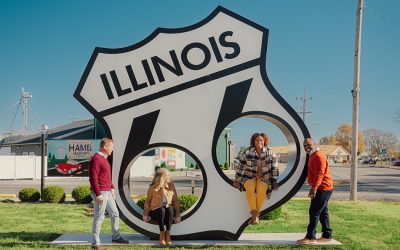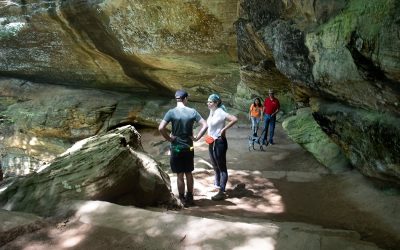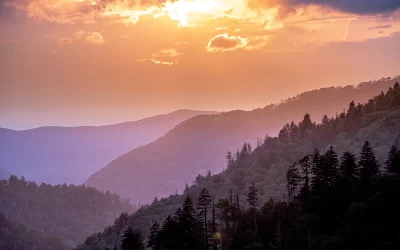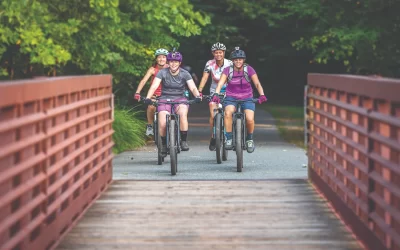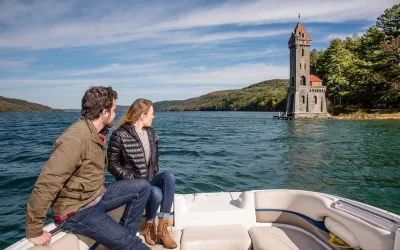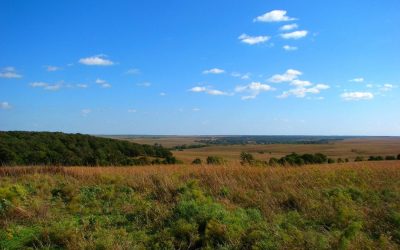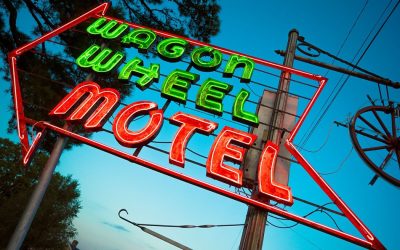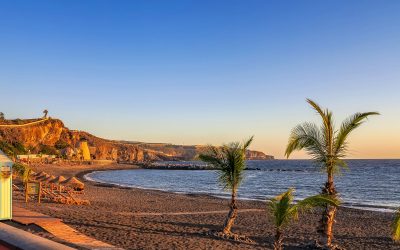Spanning 39 towns, you’ll find the merger of Route 66, aka the Mother Road, and the Great River Road and the joining of the Missouri and Illinois rivers into the Mississippi in what is called the Great River and Routes region
Featured in Outdoor & Adventure
G Adventures
G Adventures specializes in group travel, providing authentic experiences that dive deep into the world’s most remarkable destinations. Trusted by travel planners, they prioritize sustainability, local connections, and unforgettable adventures for every group they serve.
Outdoor & Adventure Ideas for Group Travel
For group travel planners seeking exhilarating experiences, the Outdoor & Adventure category offers a curated selection of destinations and activities. Dive into nature’s wonders, embrace adrenaline-fueled activities, and bond with your group amidst the planet’s most breathtaking backdrops.
Ohio Outdoor Adventures: Hikes, State Parks & Caverns That Your Next Group Trip Will Love
Combined with the natural prairies and impressive underground wonders that make up the Ohio landscape, you’ll be wondering why you haven’t considered Ohio for your next group adventure before.
Group Attractions in Pigeon Forge
Pigeon Forge isn’t just a destination, it’s a place where groups can gather and enjoy an unforgettable outing.
Greensboro, North Carolina for Group Getaways
Centrally located in North Carolina’s picturesque heartland, Greensboro is the perfect place for groups to relax and enjoy quality entertainment.
Explore the Wild Side of History in Central New York
History and natural beauty intersect beautifully throughout the Central New York region, which features more than a dozen outdoor state and national historic sites and miles of trails.
Oklahoma Outdoor Adventures: A Return to the Wild West
Plan a trip to Oklahoma and tangle with the Wild West alongside your friends and peers.
Cruisin’ Down Memory Lane on Route 66
With the 100th anniversary of Route 66 fast approaching, communities along the highway are fixing up vintage neon signs and installing new ones.
Tenerife with friends, five group plans that will never disappoint
As a holiday destination, Tenerife has always stayed on top of the lists, and for several good reasons, like its stunning beaches and endless activities. The island has so much to offer that it can easily overwhelm you, especially if you’re visiting Tenerife with...
New York is a Thrilling Blend of Nature, Culture and Culinary Delights
New York is a world-class destination for group tours, offering a dynamic mix of outdoor attractions, excellent museums and incredible food that will keep any group engaged and excited.

